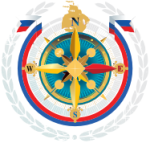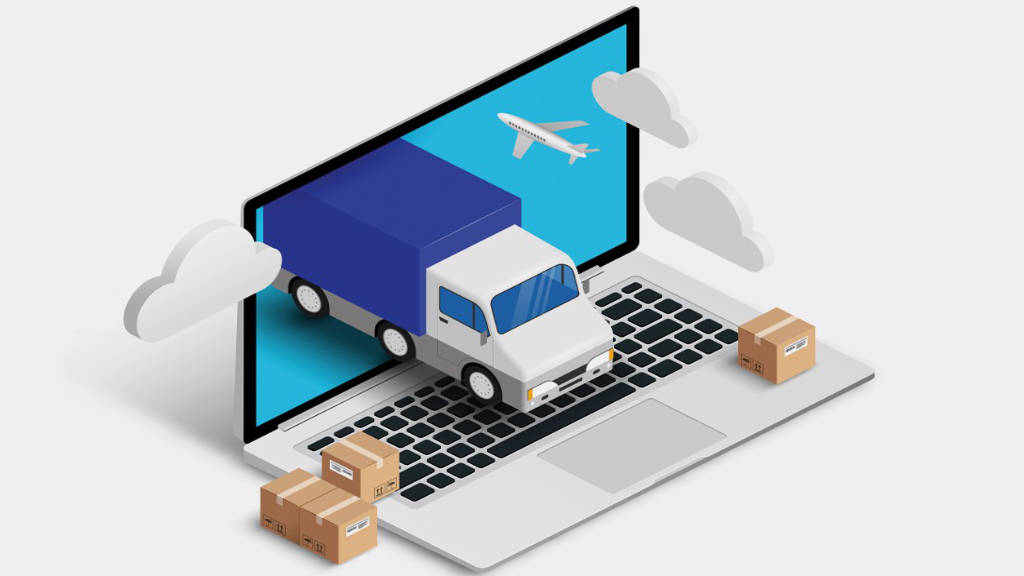Russia is both developing and integrating its digital transport system with China’s, according to Igor Levitin, an Adviser to the President of Russia and Special Representative for International Transport Cooperation. He was speaking at the Rostki International Forum in Kazan. Speaking at the session on “Russia-China: Logistics Connectivity as a Basis for Sustainable Partnership”, Levitin said that Vladimir Putin instructed the Russian Ministry of Transport to create a single platform for interaction between all participants in the process of cargo transportation.
Russian President Vladimir Putin has already commissioned a Russian national digital platform for handling transport and logistics. Levitin stated that “The Russian Ministry of Transport has been assigned to deal with this. This platform will have interfaces with China’s digital platforms; they already have a developed transport model. It will now have to be docked together. This is hard work for both ministries of transport.”
Levitin said that the Russian and Chinese business communities have already begun work on synchronizing their respective digital systems. According to him, the joint efforts of both governments and the private sector will create an effective model.
The Russian National Transportation and Logistics Platform (NTLP) has been named GosLog—State Logistics. The platform will collect services that will make life much easier for all participants in the freight transportation process. At the first stage, three of the most popular services will be available via a Single Window platform. After uploading a document through the service, it will be in general access for all executive authorities; Secondly, the Digital Profile of the Platform Member will be created —a convenient service for selecting a carrier by specified parameters, while third, the service will track the cargo.
The development of services that will be consolidated into the NTTLP is already underway. Testing began last August, with 11 multimodal routes, including all types of transportation (import, export, domestic transportation, and transit) and all types of transport (sea, road, rail and air) being examined. The process of movement and clearance of more than 30,000 containers from all major players in the freight transportation market was analysed.
In general, NKTLP unites 12 information and analytical services used to organize cargo transportation, which will allow to control the entire path of cargo from transfer to delivery to recipients, providing speed and transparency of logistics services. Full transition to the platform within the first stage is planned by 2030, and will include:
- Replacement of paper documents with digital ones—90% of the entire document flow;
- Increase in the average speed of cargo delivery—from 409 km/day in 2022 to 470 km/day by 2030;
- A 15% increase in the throughput capacity of trunk routes compared to 2022;
- Saving of an estimated ₽170 billion (US$2.1 billion) for operators in paper costs;
- A reduction of transportation and logistics costs in GDP terms from 13.3% in 2022, to 11.2% by 2030.
India and China have similar solutions. In the long term, it is planned to integrate NTTLP with digital transportation and logistics platforms of states engaged in international trade with Russia, including the BRICS, EAEU, and SCO countries.
Further Reading
Russia, Belarus, and Kazakhstan Complete Transition To Digital Transport Documents






